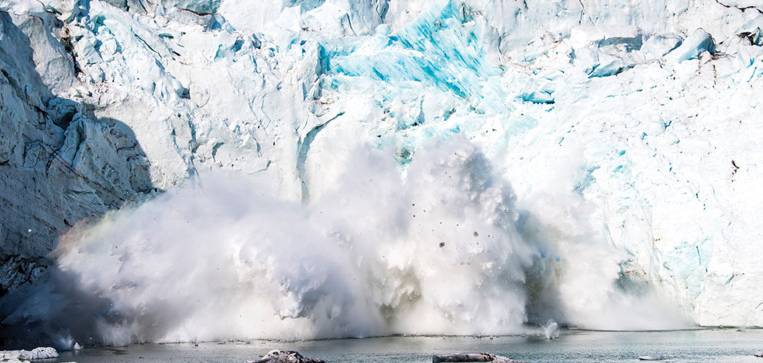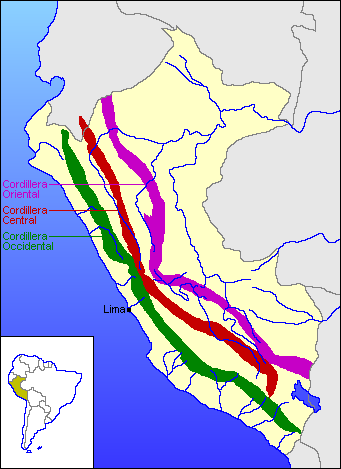
In this journal, we regularly evoke the major problem of melting ice in the world, either through the impact it can have on animal species or through the alteration of ecosystems that it causes. .
Here is a new scientific study published yesterday in the journal Nature which is not likely to reassure us. Quite the contrary.
We knew that global warming is the main cause of melting glaciers. The study highlights refined results and concludes that the melting has accelerated over the past 20 years and that it is the cause of a rise in sea level of more than 20%.
Romain Hugonnet, principal author of the study and researcher at ETH University of Zurich and University of Toulouse, explains that the progress made in technology, in particular that of satellite imagery, allows, today, to obtain much more precise maps. Where scientists thought only some major glaciers were melting, they have now been able to determine that in reality all of the earth's ice is melting. As Mr Hugonnet pointed out: “There are many regions where we did not know how the glaciers evolved. the first comprehensive mapping of glacier thinning in the world shows that all glaciers are melting ” . And to add: "By excluding the areas on the outskirts of Greenland and Antarctica, therefore by keeping 70% of the planet's glaciers, in 20 years we have gone through an average thinning of about a third of a meter. year, two-thirds of a meter per year. In 20 years, we have doubled this speed of thinning. It is very worrying ” . And it is, apparently, the glaciers of Alaska, the Alps and Iceland that are disappearing the fastest.
As the COP 26 in Glasgow looms, there is no doubt that the results of this study will fuel the negotiations between the signatory countries and show the urgency to really respect the limit of 1.5 ° Celsius of warming not to be exceeded. Remember that the temperature of the earth has already risen by 1 ° Celsius compared to the start of the industrial era. This increase has started the melting process for a while. This is what the study reports: " The planet's glaciers lost 267 billion tonnes of ice on average per year between 2000 and 2019. Enough to completely submerge Switzerland under six meters of water each year. Melting has accelerated significantly, from an average of 227 billion tonnes per year between 2000 and 2004 to an average of 298 billion tonnes per year between 2015 and 2019. "
The conclusions of the study therefore agree, in a much more precise way, with the trends drawn by the UN climate experts. More surprising, however. The melting ice could have a short-term benefit in agriculture by fighting in particular against the water stress of certain densely populated regions located near glaciers. The study points out that "In the short term, glaciers which melt faster and faster will provide more and more water to rivers, serving as a buffer in some regions like India or in the Andes in arid periods. .
This phenomenon was observed in 2020 in Peru and reported by the ANA (National Water Agency). The agency concluded that global warming had led in 50 years to a melting of glaciers by 51% and the formation of new lakes. She recalled at the time that " Glaciers are ecosystems very sensitive to climate change", which makes Peru a particularly important geographical area to watch because of its "chain of tropical mountains, the largest in the world, and its 71% of tropical glaciers as well as 27 of the 32 climates of the world ”.

Location of Glaciers
Geo Point :
Peru
Capital: Lima
Currency: Sol
Area: 32.5 million km²
Common borders: Ecuador, Colombia, Brazil, Bolivia, Chile.
However, yesterday's study concluded on a gloomy note by explaining that the water level "will peak, and the amount of water will quickly decrease, until there is no more. . Then in a few decades most regions will begin this downward slope ”.
Posted on 2021-04-29 11:48








Comments